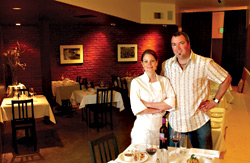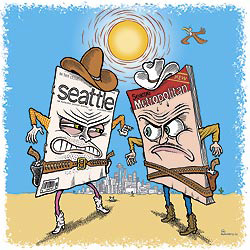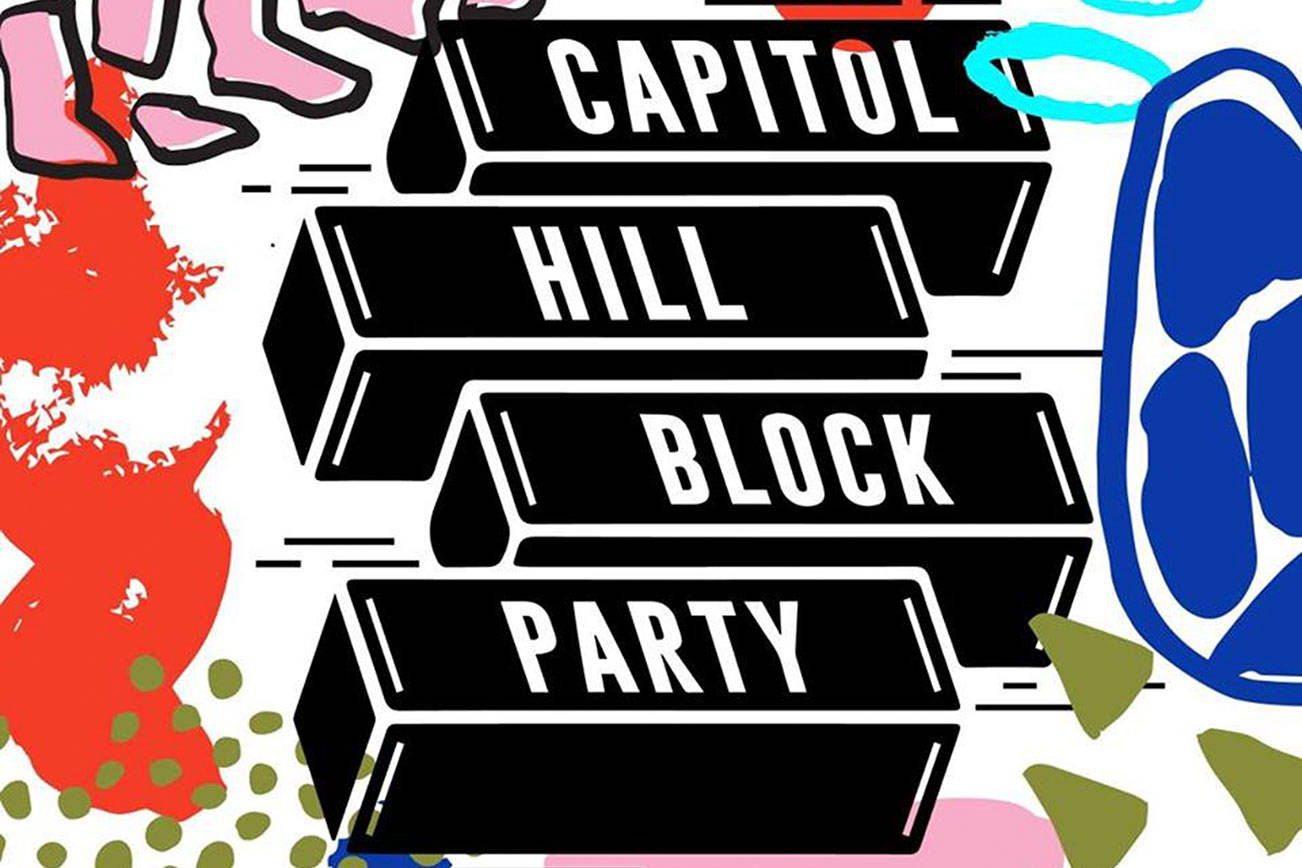Listening to Paul Simon’s The Studio Recordings: 1972–2000 (Rhino), it becomes clear that our most nostalgic songwriter has an uneasy relationship with time. He began contemplating it in 1972, on his self-titled solo debut, with “Run That Body Down” (“Paul, you better look around/How long you think that you can/Run that body down?”), then proceeded to worry his way through the next 28 years. In a song titled “Old,” from 2000’s You’re the One, his friends insist that he’s over the hill (“Man, you’re old!”). His only escape? Comparing himself to God: “Consider that the Lord was there before creation/God is old/We’re not old.”
Either lyrically or musically, almost every song in the Paul Simon catalog is, like Gatsby, “borne back ceaselessly into the past.” While “The Late Great Johnny Ace” and “Rene and Georgette Magritte With Their Dog After the War” (both from 1983’s Hearts and Bones) engage well-known historical figures, much of Simon’s retrospection is reserved for personal snapshots of childhood, whether they depict the bleakness of East Bumblefuck (“Nothing but the dead and dying/Back in my little town”) or thrilling rites of passage in New York City (“I was underage in this funky bar/And I stepped outside to smoke myself a J”). His forays into blues and gospel in the ’70s, a sign of resistance to the rise of straight-ahead rock, led to his commercial decline in the early ’80s. What Graceland asserted in 1986—through juicy narratives, layered composition, and brilliant collaborations—was that Simon, nostalgia notwithstanding, was anything but out of touch.
The images of modern madness that populated Graceland‘s opening track, “The Boy in the Bubble” (“lasers in the jungle,” “staccato signals of constant information,” “the baby with the baboon heart”), seem almost as remarkable today as they did 18 years ago. From a musical standpoint, the album seamlessly blended Simon’s songwriting sensibility with the styles it drew upon: South African township jive on “Gumboots” (a track by the Boyoyo Boys that Simon wrote new lyrics to), Cajun zydeco on “That Was Your Mother.” Recorded in Johannesburg and Lafayette, La., respectively, these songs broke down the wall between past and present, authenticity and imitation.
For those already familiar with Simon’s work, the demos, works in progress, and unreleased songs littered throughout the reissued albums—three or four appear on each disc—offer intriguing glimpses into the songwriter’s busy head and should give longtime fans an even greater appreciation of his versatility, not to mention the uncommon intricacy of his music. Instrumentally speaking, 1990’s Rhythm of the Saints remains one of Simon’s richest albums, and the in- progress versions of “The Coast” and “Spirit Voices” prove that even without all the lyrics in place, the songs’ cool percussion and warm guitars had tapped into another timeless sound. Listening to them is like gazing at a half-finished cathedral and imagining the portion still to come, all the while admiring the craftsmanship already on display.
What emerges from The Studio Recordings is a portrait of a musician who stubbornly defied the “natural” evolution of pop music: In 1972, the year David Bowie released Ziggy Stardust, Simon was working with Stephane Grappelli, the legendary French jazz violinist. His most recent album, 2000’s You’re the One, feels small and weary, but that makes sense: It represents the end of a three-decade trip around the world. By the turn of the millennium, Simon had explored South Africa, Brazil, and Puerto Rico, and though Saints-like guitar, percussion, and clapping persist on “Darling Lorraine” (from One), the tale it tells is every bit as simple and intimate as Paul Simon‘s “Duncan,” a ballad about a young drifter losing his virginity.
The marital squabbles of “Lorraine” make Duncan’s descent into the “garden of delight” seem distant, yet both ballads—that of the humble fisherman’s son seeking his place in the world, and that of the comfortable, middle-class couple battling complacency (and each other)—reflect an idea Simon expressed most memorably on Bones: “The thought that life could be better/Is woven indelibly/Into our hearts/And our brains.” At times his work may seem hopelessly rooted in the past, but Simon’s knack for clearing the cobwebs from musical tradition suggests a vital, hopeful link between memory and the uncertain future.







